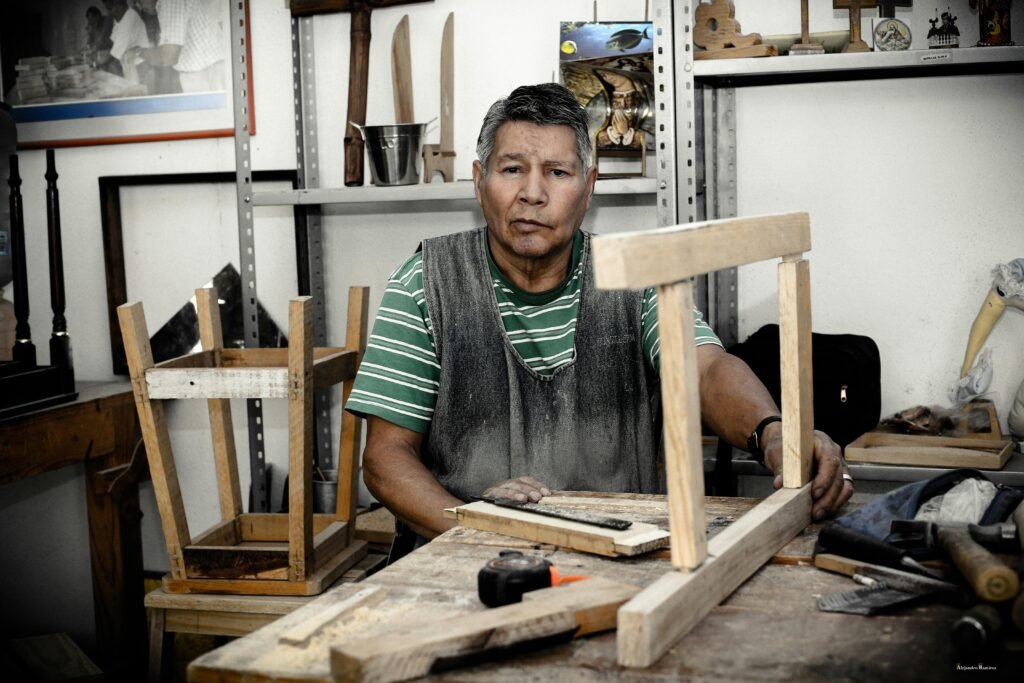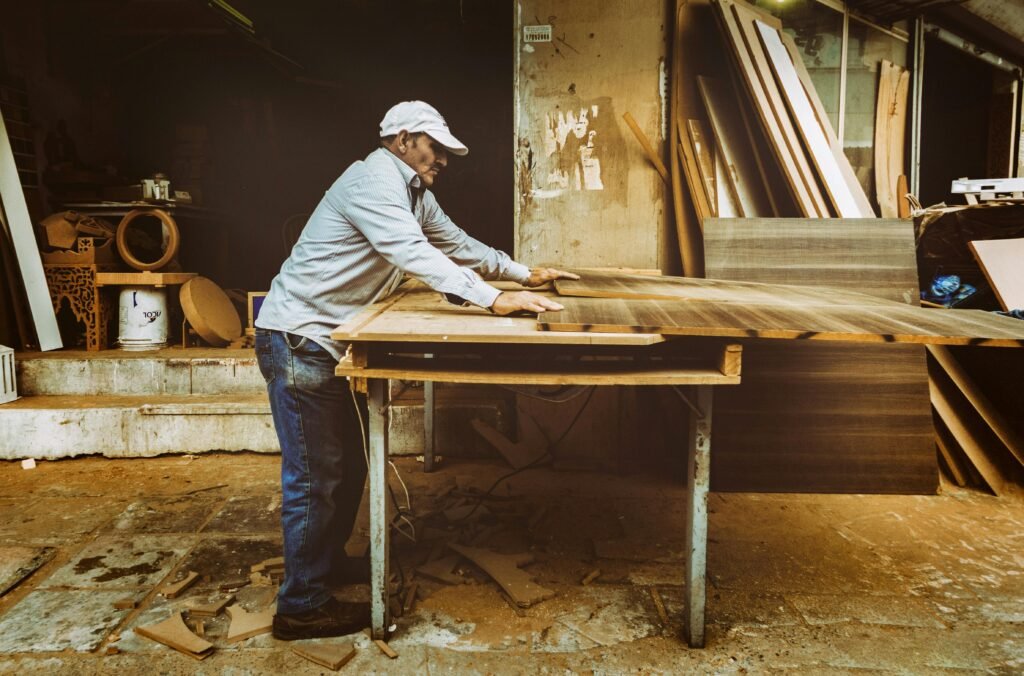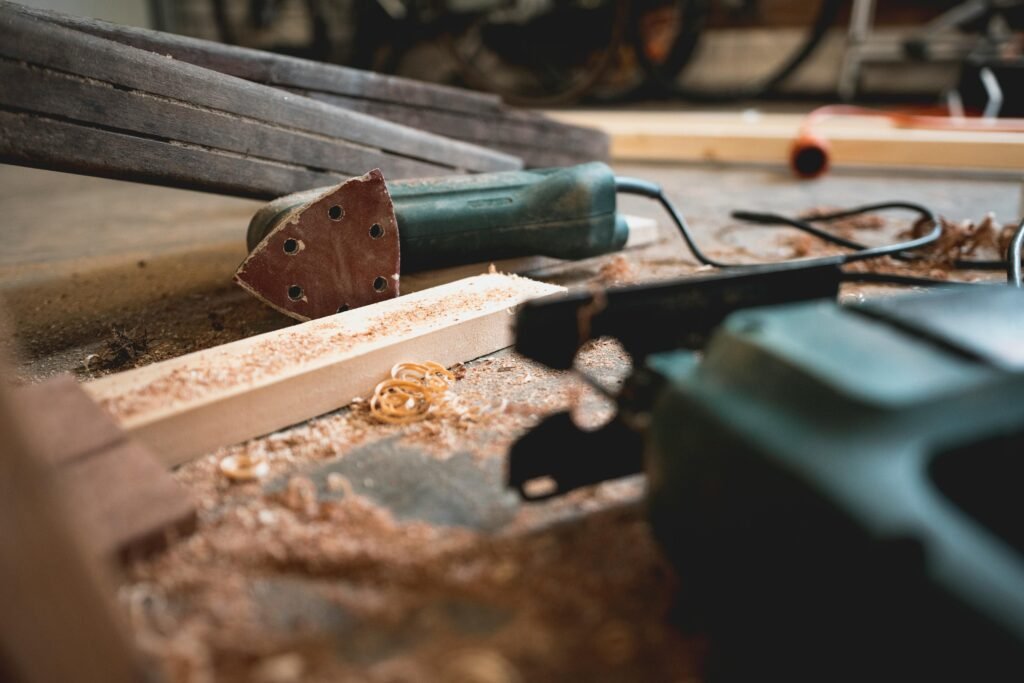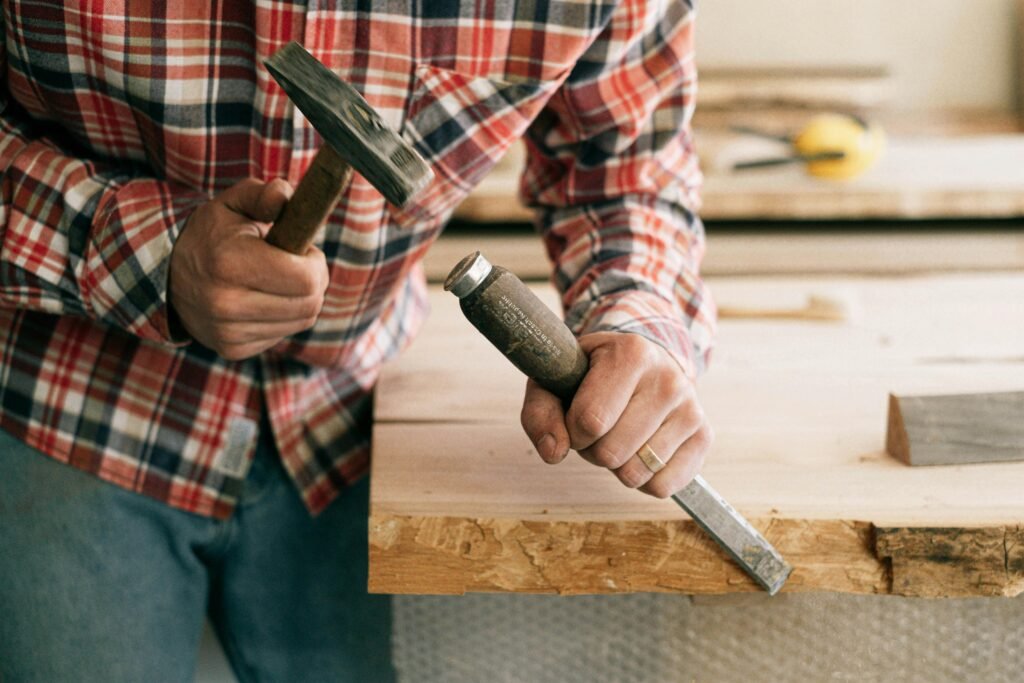Welcome to the rewarding world of working with wood! Thinking about tackling a DIY project but feel like you need a whole workshop and years of experience? Think again! The truth is, anyone can start building, and there are tons of fantastic beginner carpentry projects that require minimal tools and teach you foundational skills.
If you’ve ever wanted to create something with your own two hands – a simple shelf, a garden planter, or maybe some custom decor – but felt intimidated by lumber and power tools, this guide is for you. We’re going to look at approachable projects specifically designed as beginner carpentry projects. They’re fun, build confidence, and result in genuinely useful or beautiful items for your home and garden.
Forget the fancy joinery and complex plans for now. Let’s focus on taking that first step with some truly beginner carpentry projects that will make you feel like a capable builder in no time!
Why Start with Beginner Carpentry Projects?
Diving into beginner carpentry projects is more than just a hobby; it’s a gateway to a whole new level of home improvement and personal satisfaction. Here’s why taking on these simple builds is a great idea:
- Learn Essential Skills: These projects are specifically chosen to help you practice core carpentry techniques like accurate measuring, making straight cuts, joining pieces securely (often with just screws or nails), and applying simple finishes.
- Build Confidence: There’s a unique sense of accomplishment in seeing raw materials transform into something functional or decorative that you made. Each completed project is a boost to your skills and confidence.
- Create Practical Items: Beginner carpentry projects aren’t just practice; they result in useful items for your home or garden, like storage solutions, simple furniture pieces, or decor items.
- Save Money: Building simple items yourself is often much cheaper than buying them new, especially when you’re using affordable woods like pine.
- Use Basic Tools: You don’t need a huge investment in machinery. Many beginner carpentry projects can be completed with the most basic hand tools.
- It’s Relaxing and Fun: Focusing on a physical task like building can be incredibly therapeutic and a great way to unwind and express creativity.
Starting with easy projects sets you up for success, making the learning process enjoyable and less frustrating.

Skills You’ll Gain from Beginner Carpentry Projects
Every joint you fasten, every cut you make in these beginner carpentry projects helps you develop fundamental skills:
- Accurate Measurement and Marking: Learning to read a tape measure precisely and transfer those measurements accurately to the wood is crucial.
- Straight Cutting: Whether using a hand saw or a basic power saw, practicing making straight, clean cuts is fundamental.
- Basic Fastening: You’ll get hands-on experience driving nails or screws to join pieces of wood together securely.
- Joining Methods: Understanding simple joints like butt joints (where two pieces are joined end-to-end or edge-to-edge) and corner joints.
- Sanding and Finishing: Preparing the wood surface by sanding is vital for a professional look and feel, and you’ll learn how to apply basic finishes like paint, stain, or protective coats.
- Following Simple Plans: Many beginner carpentry projects come with easy-to-follow plans or diagrams, helping you learn how to read project instructions.
These skills are transferable and will serve as a solid foundation if you decide to tackle more complex woodworking or DIY tasks in the future.
What You Need to Get Started
The beauty of beginner carpentry projects is their accessibility. You likely have some of these items already, or they are inexpensive to acquire.
Tools
You don’t need fancy equipment. Many beginner carpentry projects can be completed with basic hand tools. If you’re just starting out, consider our guide on basic tools for carpentry – it covers the essentials. Here’s a quick list of what’s typically needed for these simple projects:
- Tape Measure
- Pencil (a carpenter’s pencil is handy, but any pencil works)
- Square (Speed square or combination square)
- Saw (A basic hand saw is fine, or a simple circular saw)
- Hammer (Claw hammer)
- Screwdrivers or a Basic Cordless Drill (with drill bits and screwdriver bits)
- Wood Glue
- Sandpaper (Various grits – 80, 150, 220 are a good start) and a sanding block
- Clamps (Not always essential, but helpful for holding pieces while glue dries)
Materials
For beginner carpentry projects, stick to affordable and easy-to-work-with lumber:
- Pine: It’s widely available, cost-effective, and soft, making it easy to cut and fasten. It’s a great choice for learning.
- Common Boards: Found at hardware stores, often labeled by thickness and width (like 1×4, 1×6, 2×4). These are usually pine or a similar softwood.
- Plywood: Can be used for flat surfaces or box sides, but ensure you have a way to make straight cuts if needed.
- Fasteners: Wood screws or nails appropriate for the thickness of your wood.
- Finish: Stain, paint, or clear polyurethane to protect the wood and add style.
Safety Gear
Always prioritize safety!
- Safety Glasses: Absolutely essential whenever you are cutting, hammering, drilling, or sanding.
- Work Gloves: Protect your hands from splinters and cuts.
- Dust Mask: Important when sanding to avoid inhaling fine wood dust.
With these basic tools and materials, you are well-equipped to tackle a variety of beginner carpentry projects.

Inspiring Beginner Carpentry Projects to Get You Building
Ready to choose your first build? Here are some classic beginner carpentry projects that are great for learning the ropes:
Project Idea 1: Simple Wooden Coasters
- Why it’s Great for Beginners: This is often just about making a few straight cuts and sanding. You can buy pre-cut wood squares or cut slices from slightly larger stock.
- Skills Practiced: Measuring, straight cutting, sanding, basic finishing.
- What You’ll Need: Small pieces of wood (like 3.5″ x 3.5″), saw, sandpaper, optional finish.
Project Idea 2: Basic Wooden Bookends
- Why it’s Great for Beginners: Involves creating a simple “L” shape by joining two pieces of wood. Good practice for accurate cuts and fastening pieces at a right angle.
- Skills Practiced: Measuring, cutting, joining with screws/nails and glue, sanding.
- What You’ll Need: Boards (like 1×6 or 1×8), saw, square, drill or hammer, screws or nails, wood glue, sandpaper, finish.
Project Idea 3: Easy Planter Box
- Why it’s Great for Beginners: Builds on basic box construction. You’ll practice cutting multiple pieces to the same length and assembling a simple four-sided form.
- Skills Practiced: Measuring, repetitive cutting, assembling corners, fastening (screws/nails and glue).
- What You’ll Need: Boards (like 1×6), saw, drill or hammer, screws or nails, wood glue, sandpaper, exterior finish/paint. Don’t forget to add drainage holes!
Project Idea 4: Rustic Floating Shelf
- Why it’s Great for Beginners: Focuses on creating a simple box or solid piece and learning one of the basic methods for mounting it securely to a wall so the hardware is hidden.
- Skills Practiced: Measuring, straight cuts, simple assembly (if a box), understanding wall mounting.
- What You’ll Need: Boards (like 1×8 or 1×10), saw, screws, wood glue, sandpaper, finish, appropriate mounting hardware.
Project Idea 5: A Small Wooden Crate or Storage Box
- Why it’s Great for Beginners: Similar to the planter but versatile for storage anywhere. Practice cutting multiple pieces and assembling a sturdy box. Can be rustic or refined with sanding and finishing.
- Skills Practiced: Measuring, cutting multiple identical pieces, assembling sides and base, fastening, sanding, finishing.
- What You’ll Need: Boards (like 1×4 or 1×6), saw, hammer or drill, nails or screws, wood glue, sandpaper, finish.
Project Idea 6: Simple Picture Frames
- Why it’s Great for Beginners: Introduces cutting angles (usually 45 degrees) and joining corners accurately. A simple miter box and hand saw are perfect low-cost tools for this.
- Skills Practiced: Accurate angle cutting (mitering), joining corners (glue and small nails/splines), basic finishing.
- What You’ll Need: Narrow boards or molding, saw (with miter box recommended), wood glue, small nails or brad nailer (optional), clamps (helpful!), sandpaper, finish.
Project Idea 7: A Birdhouse
- Why it’s Great for Beginners: A classic, approachable project that involves cutting boards to length and often cutting simple angles for the roof peak. It’s forgiving – the birds won’t mind minor imperfections!
- Skills Practiced: Measuring, cutting angles, basic assembly, exterior finishing.
- What You’ll Need: Boards (like 1×6), saw, square, drill or hammer, screws or nails, wood glue, sandpaper, exterior paint.
Look for free plans and tutorials online for any of these beginner carpentry projects. Many include step-by-step instructions perfect for your first few builds!

Tips for Success with Your First Beginner Carpentry Projects
Taking on your first few beginner carpentry projects should be an encouraging experience. Here are some tips to help:
- Start with Good Lumber: Choose boards that are as straight and flat as possible. This makes joining much easier.
- Measure Twice, Cut Once: It’s worth repeating! Double-check every measurement before you cut.
- Use a Square: Always use a square to mark your cut lines to ensure they are straight and your corners will be square.
- Don’t Rush Cuts: Take your time, especially with a hand saw, to follow your line accurately.
- Dry Fit First: Before applying glue or driving fasteners, fit your pieces together to make sure they align correctly.
- Embrace Imperfection: Your first projects won’t be perfect, and that’s okay! You’re learning. A slightly crooked cut or a gap is a sign of handmade charm.
- Sand Thoroughly: Proper sanding makes a huge difference in the final look and feel of your project.
- Learn Basic Finishing: Even a simple coat of paint or a clear finish protects the wood and makes your project look complete.
- Safety Above All: Always wear your safety glasses! Know how to use your tools safely.
Each beginner carpentry project you complete will teach you something new and build your confidence for the next one.
Ready for More? Taking the Next Step
Once you’ve successfully completed a few beginner carpentry projects and feel comfortable with your basic tools and techniques, you might find yourself eager to learn more. The next steps could involve:
- Trying slightly more complex joints (like dadoes or simple lap joints).
- Working with different types of wood.
- Adding more power tools to your collection (like a jigsaw for curves, a router for decorative edges, or a power sander).
- Taking on larger projects like simple tables, benches, or even basic cabinets.
The world of woodworking is vast, but beginner carpentry projects provide the perfect, accessible entry point.
Conclusion
Embarking on beginner carpentry projects is an exciting and rewarding way to enhance your home and garden while learning valuable skills. You don’t need to be an expert or have a dedicated workshop to get started. With just a few basic tools, some common lumber, and the inspiration from these simple projects, you can begin your building journey.
From practical items like storage boxes and planters to decorative pieces like coasters and picture frames, these beginner carpentry projects offer hands-on experience in measuring, cutting, joining, and finishing. Embrace the process, prioritize safety, and enjoy the satisfaction of creating something tangible with your own hands.
So, gather your tools, choose a project that excites you, and start building today. You’ll quickly see how accessible and enjoyable beginner carpentry projects can be!

